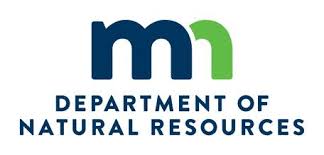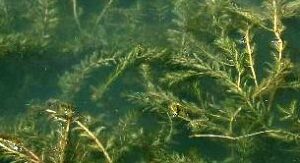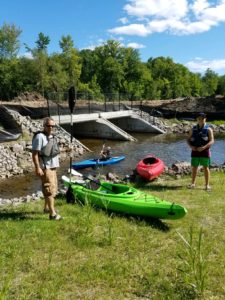Feeding and attractant bans are in place across the state to prevent concentrations of wild deer in areas with a higher risk for disease. These bans are precautionary steps the DNR took after deer that tested positive for chronic wasting disease were found both in the wild and on deer farms. Feeding bans encompass wider areas because food sources can concentrate deer and allow for close contact – one of the mechanisms for CWD spread.
- Deer feeding includes: placement or distribution of grains, fruits, vegetables, nuts, hay and other food that is capable of attracting or enticing deer.
- Deer attractants are: natural or manufactured products that are capable of attracting or enticing deer, including salt, minerals, liquid food scents, or any product that contains or claims to contain cervid urine (example “doe in heat”), blood, gland oil, feces or other bodily fluid.
People who feed birds or small mammals must do so in a manner that prevents deer access. Place the food at least six feet above ground level. Food placed as a result of normal agricultural practices is generally exempt from the feeding ban. Cattle operators should take steps that minimize contact between deer and cattle. (Learn more about unintended effects of feeding deer.)
Current deer feeding and attractant bans
Deer feeding ban: affects the counties listed below. Please note that attractants have not been banned in these counties and can be used.
- Carlton, Chisago, Douglas, Isanti, Kanabec, Kandiyohi, McLeod, Meeker, Pine, Pope,
Stearns, Wright and the portion of Renville County north of U.S. Highway 212




